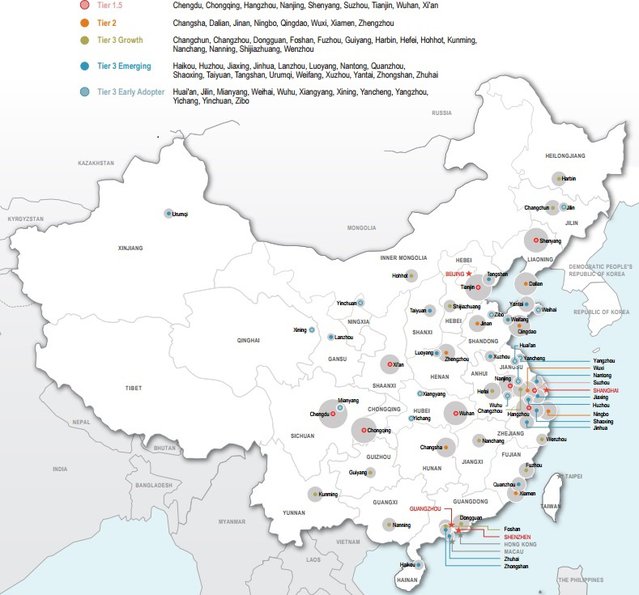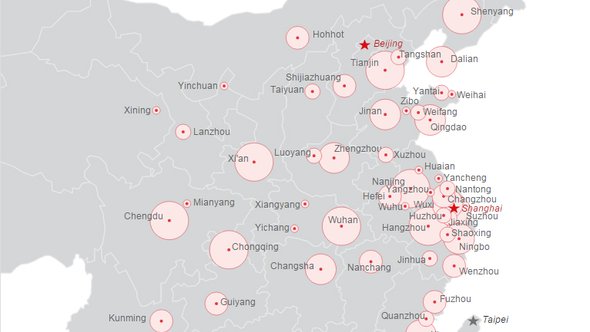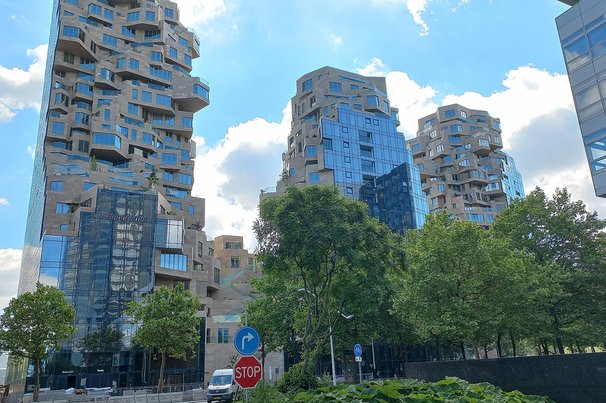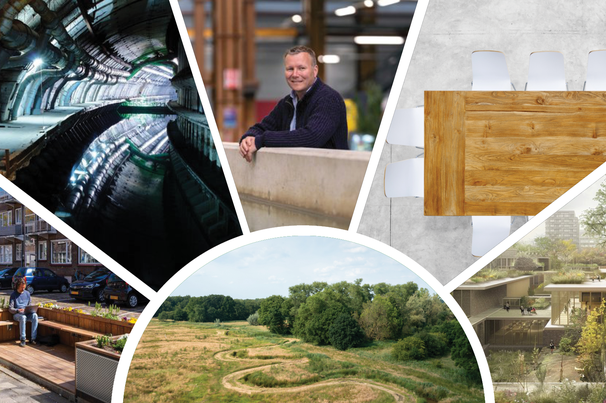21 juli 2015
2 minuten
Growth was first led by the ‘Alpha Cities’ of Shanghai and Beijing and the ‘Tier 1’ cities of Guangzhou and Shenzhen. More recently, 60 Tier 2 and Tier 3 cities have emerged as one of the world’s most dynamic real estate markets.
We call them the ‘China60,’ which is also the name we’ve given to our latest perspective on commercial real estate across these markets. In it, we investigate how China’s new economic, business and policy landscape is impacting these cities in particular, and China’s future urban prospects more generally.
What You May Not Know About the China60
China60 is home to an urban population of almost 300 million people, greater than the total urban population of the United States. Its consumer class is expanding rapidly, with the number of people in households earning over US$5,000 doubling over the past three years to 130 million.
China60 has an economy of US$8.6 trillion. If it were a single economy, it would be the world's second largest, accounting for 9 percent of global output. China60 is projected to account for 15 percent of global growth over the next decade, adding the equivalent of India's entire current annual output (or two Germanys), to reach a combined size of US$15.5 trillion by 2025. By then, the economy of the China60 is expected to be almost twice the size of Russia and Brazil combined.
10 Trends Fueling Growth in China
This comes at a time when China has moved into a new phase of economic development. The pace of change remains impressive by international standards, but China’s economic and business environment has shifted from the investment-driven growth of past years.
In this ‘new normal’ period, we see 10 trends shaping the country’s cities and their real estate markets over the next 10 years.
1. Slower, sustainable growth. The government has focused on transforming its economic model to one of sustained, but slower growth. Economists generally agree that national GDP growth will be in the range of 5 to 10 percent, still impressive figures when compared with other global economies.
2. Moving up the value chain. The focus is now on growth in the service sector, white-collar jobs, home grown innovation and high-value manufacturing. This will inevitably increase demand for high-quality real estate.
3. The rise of the consumer class. China60’s current 130 million consumer base is projected to increase to 220 million by 2020. Consumers are becoming more discerning, price-sensitive and digitally connected.
4. The digital revolution. China is now home to the world’s largest online population. This is transforming business in China, and with it demand for retail and warehousing space across the China60.
5. Continued urbanization. Even as China has witnessed history’s greatest migration of people into cities, only 55 percent of the total population live in urban areas today. By 2025 that number is projected to increase to 70 percent, adding another 170 million city dwellers.
6. City competition. Market forces will drive competition as cities look for ways to differentiate themselves. Quality-of-life and environmental issues will play important roles in improving the ‘liveability’ of China’s cities.
7. Growth of private domestic enterprise. The rise of globally-competitive domestic companies will accelerate across industries ranging from financial and business services to e-commerce and technology. Demand from domestic corporations for high-quality real estate is already reaching new heights.
8. Deregulation and reform. The elimination of regulations and barriers for the private sector to enter specific industries traditionally dominated by state-owned enterprises, the expansion of free trade zones, and reforms in the financial sector should spur private-sector growth and stimulate demand for real estate.
9. Anti-corruption measures. The government’s anti-corruption campaign introduced in 2013 is aimed at combating systemic corruption and is having a major impact, particularly in the luxury retail and hospitality sectors, forcing them into structural change.
10. A sustainable future? While China’s cities face immense environmental challenges, there is some cause for optimism. Policy makers are committed to making improvements, and, after the U.S., China has the world’s second largest stock of LEED-certified buildings. Still, the government needs to do much more to encourage and enforce environmental and green-building standards.
As China shifts its sights from fast to smarter and more sustainable growth, these trends will help shape the coming decade in the country’s business and economic expansion, and in the growth and maturation of China’s real estate markets. Members of the China60, from Chengdu and Nanjing to lesser-known cities like Jilin and Zibo will play leading roles in this process.

Click to enlarge image
‘China60: 60 Cities, and 10 Trends, You Should Know - Afbeelding 1’
Zie ook:
Link:
Cover: ‘2015.07.21_China60: 60 Cities, and 10 Trends, You Should Know_600’




